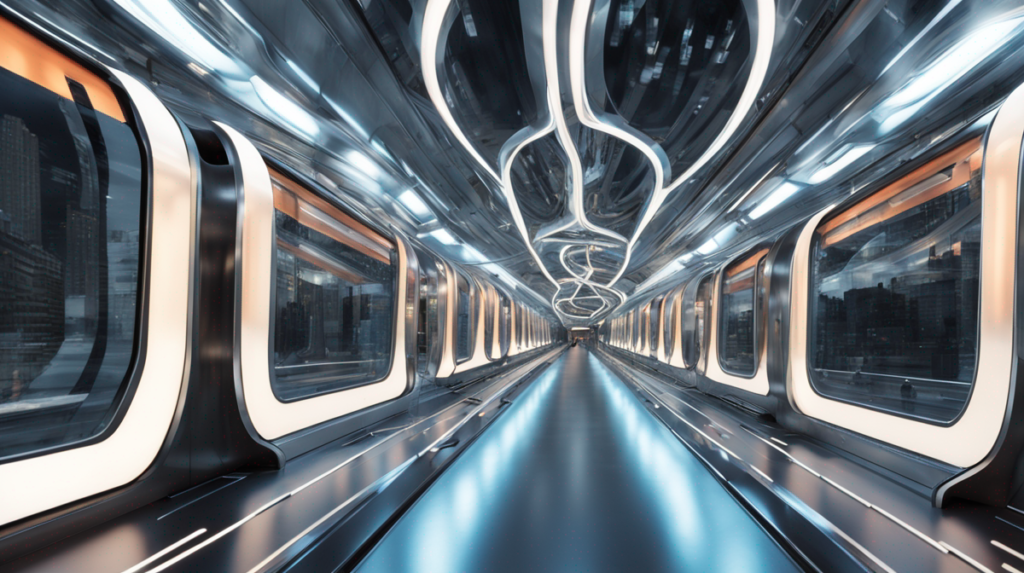As we step into the future, developments in technology are propelling us towards innovative modes of transportation that could change the world as we know it. This article aims to shine a spotlight on the future of transportation, focusing specifically on Hyperloop and maglev trains.
What are Hyperloop and Maglev Trains?
Envisioned by Elon Musk, the Hyperloop is a conceptual high-speed transportation system, where pressurized capsules ride on an air cushion in nearly airless tubes at speeds exceeding traditional air travel. Maglev, on the other hand, is an abbreviation for magnetic levitation, which is a method of transportation that uses magnetic levitation to propel vehicles with magnets. The maglev technology has been operational in countries like Japan and China for the past couple of decades.
The Health Benefits of Hyperloop and Maglev Trains
Stress Reduction
Obviating the need for long commutes, enduring traffic congestion, and dealing with frequent stops, these transportation innovations offer a more streamlined travel experience, thereby reducing stress levels. A Study conducted by the University of West England revealed that every extra minute spent commuting could reduce job and leisure time satisfaction, increase strain, and worsen mental health.
Improved Air Quality
According to the WHO, air pollution causes around 7 million deaths annually. As maglev trains are powered by electricity, they can offer a mode of transportation free of direct carbon emissions. Similarly, the idea behind Hyperloop envisions using renewable energy to power the system, causing minimal air pollution.
Promoting Physical Activity
Both Hyperloop and maglev would require well-planned, integrated public transportation networks. Research conducted by the Prevention Research Centers of the Centers for Disease Control and Prevention suggests people who use public transportation generally walk more, meeting the recommended levels of physical activity.
Noise Pollution Reduction
Trains, buses, and cars generate significant noise pollution, impacting mental and physical health. According to the U.S. Environmental Protection Agency, such noise can cause hypertension, sleep disturbance, and cognitive effects in children. As maglev trains and the Hyperloop are near-silent forms of transportation, they can significantly reduce noise pollution.
The Controversy and Debate Surrounding Hyperloop and Maglev Trains
While promising, these technologies face criticism, primarily around their high development costs and challenges concerning scalability, safety regulations, and public adoption. It’s also important to note that while the technologies could contribute to a healthier lifestyle, they’re not primarily health interventions. Nevertheless, any innovation enabling cleaner, quicker, and less stressful travel has the potential to positively impact our health and wellbeing.
Transportation is about to undergo a monumental transformation, and it is important to embrace the positive health impact it’s bound to have on society. Let us look forward to a healthier and more sustainable future.

